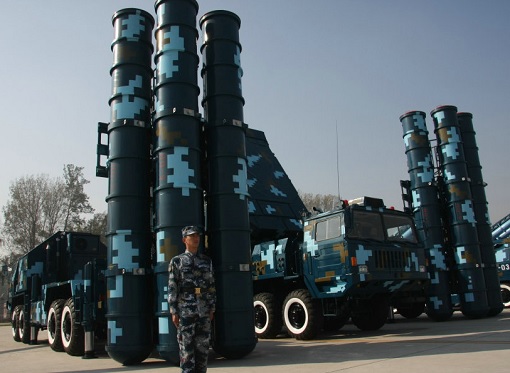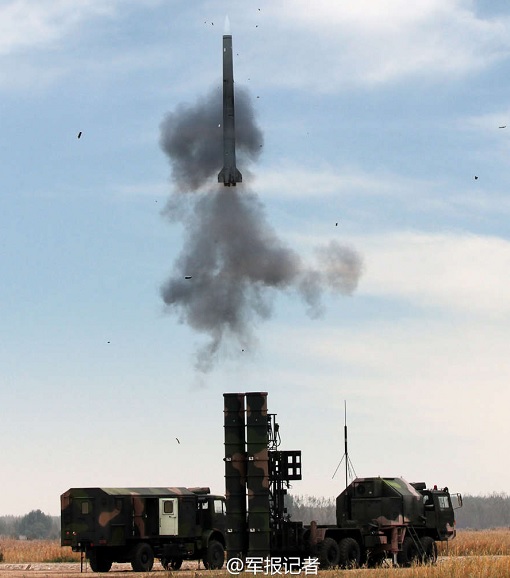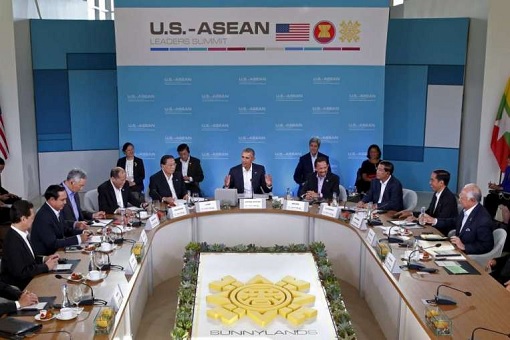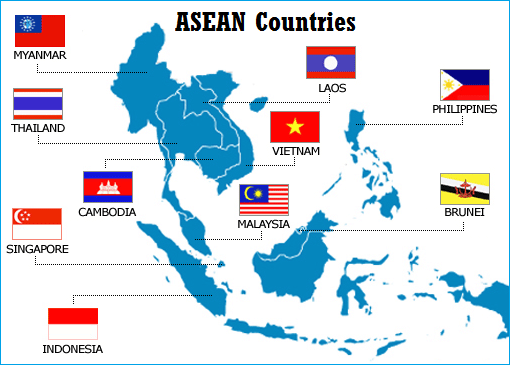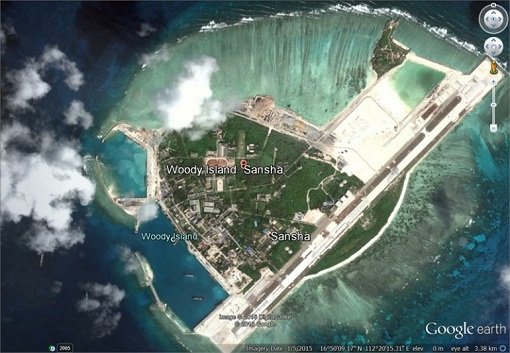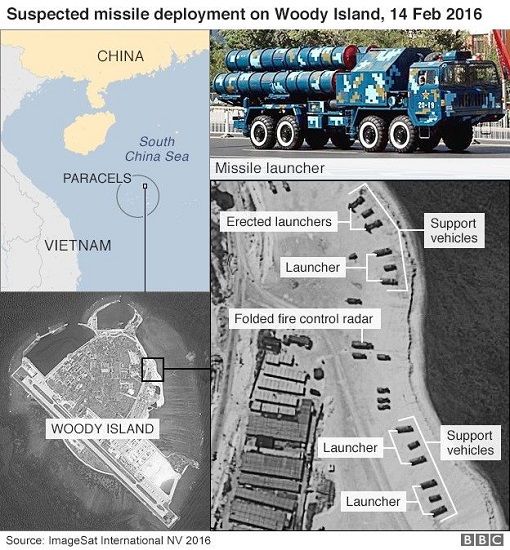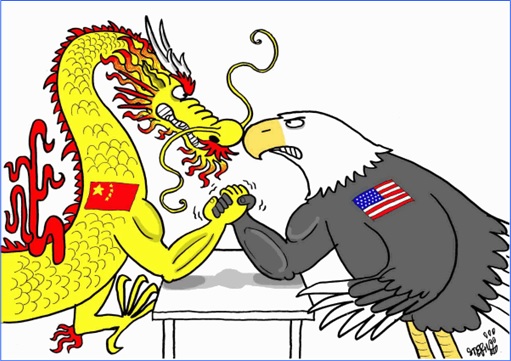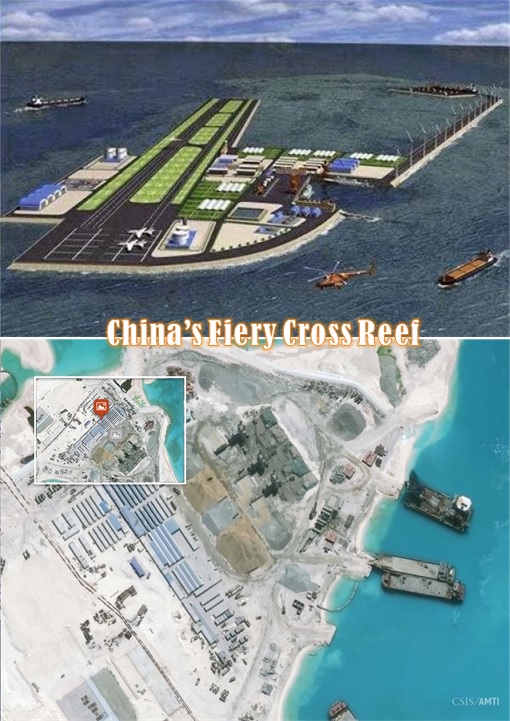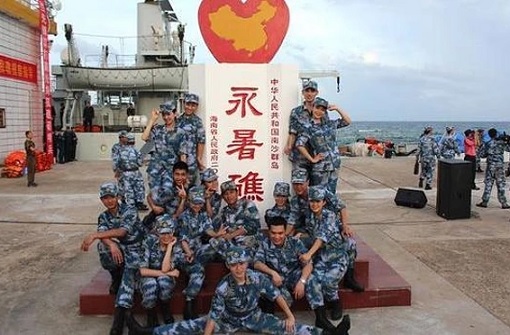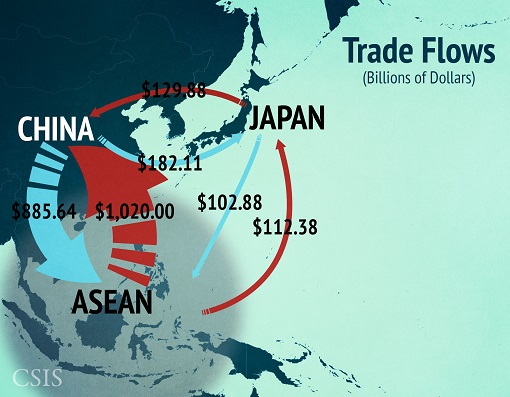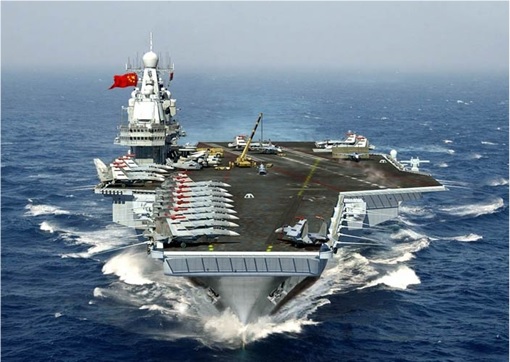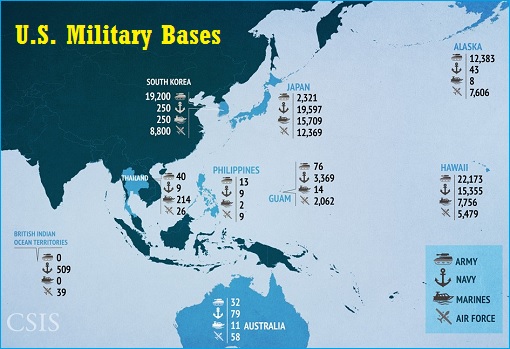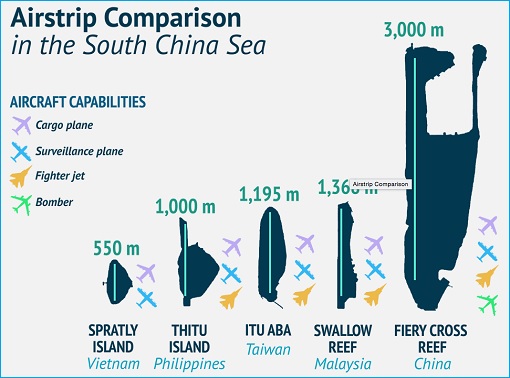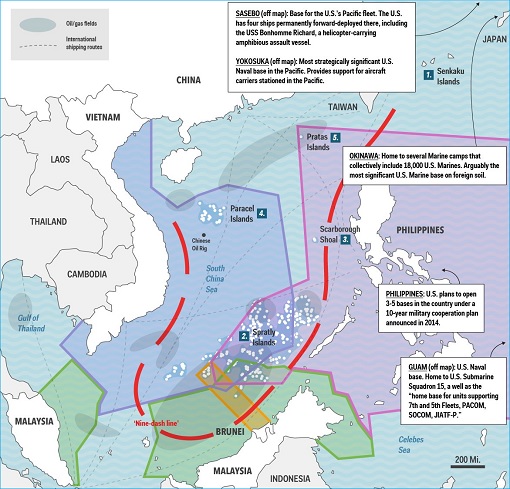The Claim That Stephen Hawking is Really a Vaccine Injury
ADVERTISEMENT
The original discussion is located here. Cohen asserts the following:
He was perfectly healthy in his younger years, he was diagnosed with Motor Neurone Disease aka amyotrophic lateral sclerosis (ALS) and Lou Gehrig’s disease at the age of 21.Of course, a debate ensued.
https://en.wikipedia.org/wiki/Stephen_Hawking
Aluminium in Vaccines is Causing Motor Neuron DegenerationADVERTISEMENT
http://www.ncbi.nlm.nih.gov/pubmed/19740540
Report of Motor Neuron Disease After HPV Vaccine
http://www.medscape.com/viewarticle/711461
Self-Organized Criticality Theory of Autoimmunity
http://journals.plos.org/plosone/article?id=10.1371/journal.pone.0008382
http://www.ncbi.nlm.nih.gov/myncbi/marc.girard.1/comments/#
2 ALS Cases May Be Linked to Gardasil Vaccine
http://www.webmd.com/sexual-conditions/hpv-genital-warts/news/20091016/rare-disease-may-be-linked-vaccine
ALUMINUM ADJUVANT LINKED TO GULF WAR SYNDROME INDUCES MOTOR NEURON DEATH IN MICE
‘Young’ Men Got Lou Gehrig’s Disease After Anthrax Shots

So what does everyone think? Is is possible one of the greatest minds we might ever know was compromised by vaccines? Some people claim that flu vaccines have triggered ALS, like this post. Here is another post regarding the flu vaccine / ALS connection which goes much deeper into detail (very long, I bolded the important parts for those on a schedule):
Editor’s note: In the spring of 2008, VRAN was contacted by Daniel Boychuk on behalf of his wife Linda who at the time was already severely disabled by ALS (Amyotrophic lateral Sclerosis), also known as Lou Gehrig’s Disease. Linda could only speak with great difficulty and Daniel told me the story of what had happened to her. Here is Linda’s follow up letter to us many months later.
Dear Edda,The depth of the effects of vaccinations can’t possibly be completely known at this point. Although anecdotal, these stories are worth giving consideration to. We certainly can’t depend on pharma or our governments to tell us these things.
My husband and I spoke to you about a year ago. We had a very indepth conversation about flu vaccines and all the side effects than can occur as a result of them. I am now unable to do any more writing or utilize the computer due to the progression of ALS. My husband had great intentions of getting this document to you but as he is still working and being a caregiver to me, his time is limited. I have a good friend, Susan, typing this for me.
In January, 2005, I started a new job as Director of Care (DOC) in a longer term health care facility in Calgary. I was strongly encouraged to have a flu shot and set an example for the rest of the staff. Even though, as a nurse. I had given hundreds of these over the years, I always opted out of having the flu shot as I felt my own immune system was very strong. I had one other flu vaccine while being on the Health Board. I had one bout of projectile vomiting at work following the flu vaccine and was sent home.
About two weeks after receiving the flu shot, I was walking home from a meeting and was so short of breath that I didn’t think I would make it home. I had to stop several times as I had a pain in my chest and breathing was so difficult. The only other time I had felt this was when I was pregnant and I knew that wasn’t the case. I had to call my husband to come and pick me up.
Shortly after that, things started to fall apart with numbness in my left knee, the inability to climb stairs and tripping on the lawn. There were a lot of different things that were occurring but nothing too specific. As a nurse I wondered if I could have MS (multiple sclerosis). I prayed that this was not the case. I have friends with the disease and have seen their struggles.
My family doctor did a number of tests to rule out a stroke, a brain tumour and MS. Initial tests were inconclusive and I was referred to a neurologist. He discussed the possibility of ALS, but sought a second opinion. All this took time, and in the meantime, more symptoms occurred. I was getting weaker and had more difficulty getting out to my car from the house and from my car to my office. I was exhausted at night and would go right to bed. I could no longer get into the house from the steep front approach, and would use the back lane instead. Walking became more laboured and unsteady, and I started needing help to make these trips.
ALS Facts:
ALS or Lou Gehrig’s disease is a rapidly progressive, fatal neuromuscular disease. ALS attacks motor neurons, especially those in the spinal cord, which control the voluntary muscles throughout the body. As these muscles fail to receive messages, they gradually deteriorate, leading to death in a few years.
90% of people with ALS die within 2 to 5 years of symptom onset. ALS is not a rare disease—it is as common world wide as Multiple Sclerosis (MS) and can strike anyone. It occurs most commonly within the 40 to 70 age group. About one in 14,000 people will develop ALS. Early symptoms may include tripping and falling, loss of muscle control in hands and arms, difficulty in speech, swallowing and breathing.
I received treatments in the form of infusions of gamma globulin for five consecutive days each month for three months. My overall strength and gait improved and my energy level got better. I could stay up late again….incredible! The treatments seemed to be working and I had hope again, however, after another visit to the neurologist, the bottom fell out of my world. I was told I have ALS. There is no cure. It is fatal. My time here would now be short.
I tried to understand it all and earned on, not sharing my feelings with anyone but my husband and my boss. I was reluctant to tell the truth to the residents at the long term health care facility. In time I was forced to make the painful decision to quit my job, and to take the next most difficult step – to share the reality of my plight with my children. A mother is supposed to protect her children from pain. My son and daughter were heartbroken to learn of my situation.
The tears do flow but I expect everyone to be positive and carry on with their lives. What an expectation. Is it a fair one? We are being as strong as we can under the circumstances, and we are holding on, living and loving one another.
In my heart of hearts I am convinced it was the flu vaccine that started me on this journey. Recently I have been made aware of two women—one with ALS and one with MS—who strongly maintain that within about ten days following a flu vaccine, their symptoms started.
Note from Daniel in an email: “It breaks my heart to hear Linda beating herself up about taking the flu shot—as if she did it willingly. I know her and throughout her life she would never take it. I would come home from work where we would all have been vaccinated, and ask her if she is going to, and she always said she would decline. Because of her sensitivities to certain drugs & medication she just had a gut feeling that taking the flu shot would not be a good idea. And she held to that belief and approach until she was browbeaten by her then employer to take it, with, as you say, the underlying message that if you don’t you could jeopardize your job. It makes me so angry to think this gentle lady was forced to do this, and now is paying the price, and no one gives a damn – except you. You’re trying to do something about these injustices and bless you for that.”
Linda & Daniel Boychuck Calgary, Alberta






 Has China really solved all of its economic problems?
Has China really solved all of its economic problems?
 Mike Larson graduated from Boston University with a B.S. degree in
Journalism and a B.A. degree in English in 1998, and went to work for
Bankrate.com. There, he learned the mortgage and interest rates markets
inside and out. Mike then joined Weiss Research in 2001. He is the
editor of
Mike Larson graduated from Boston University with a B.S. degree in
Journalism and a B.A. degree in English in 1998, and went to work for
Bankrate.com. There, he learned the mortgage and interest rates markets
inside and out. Mike then joined Weiss Research in 2001. He is the
editor of 




